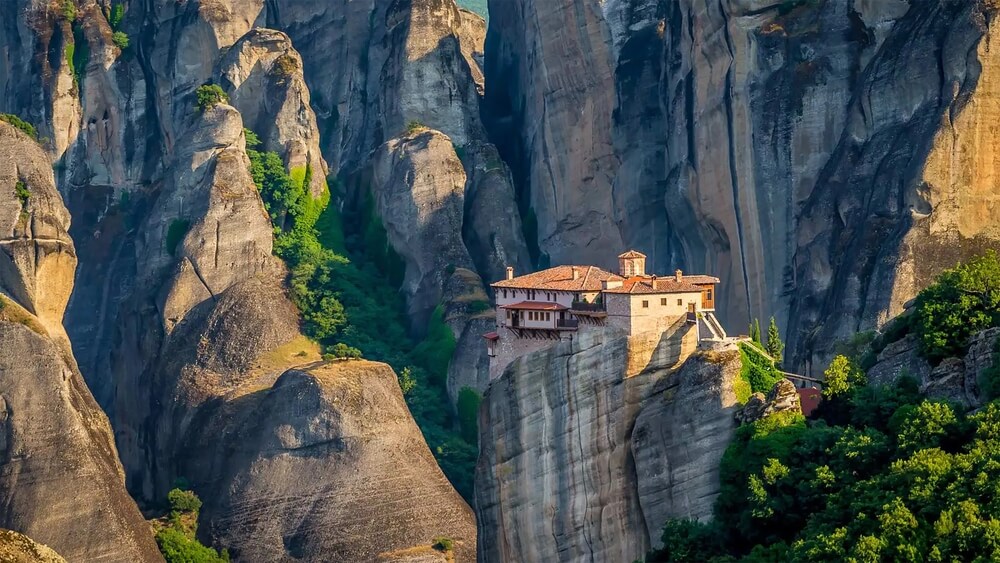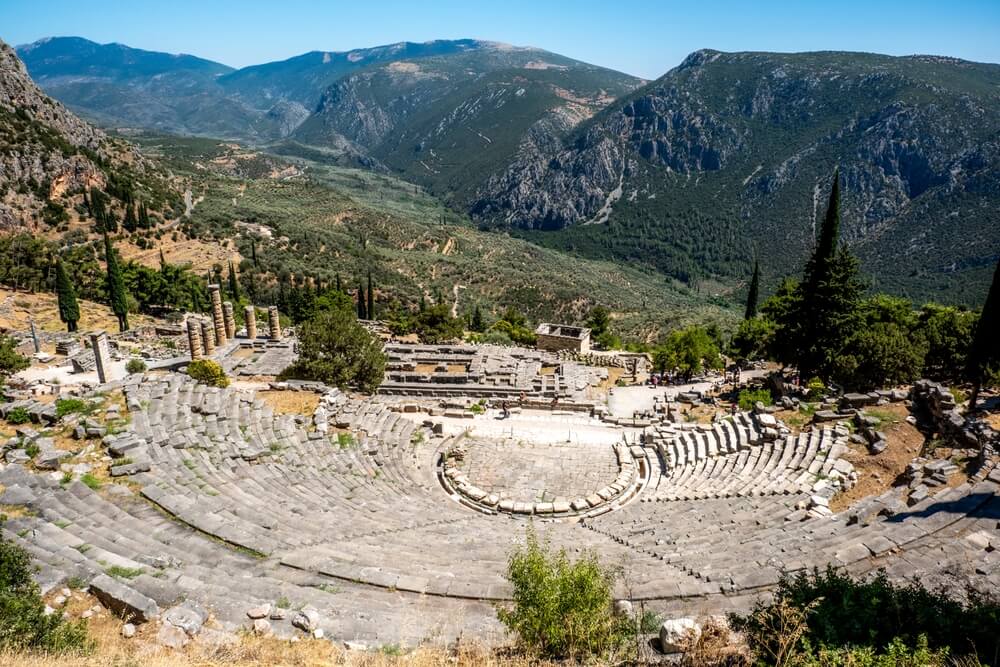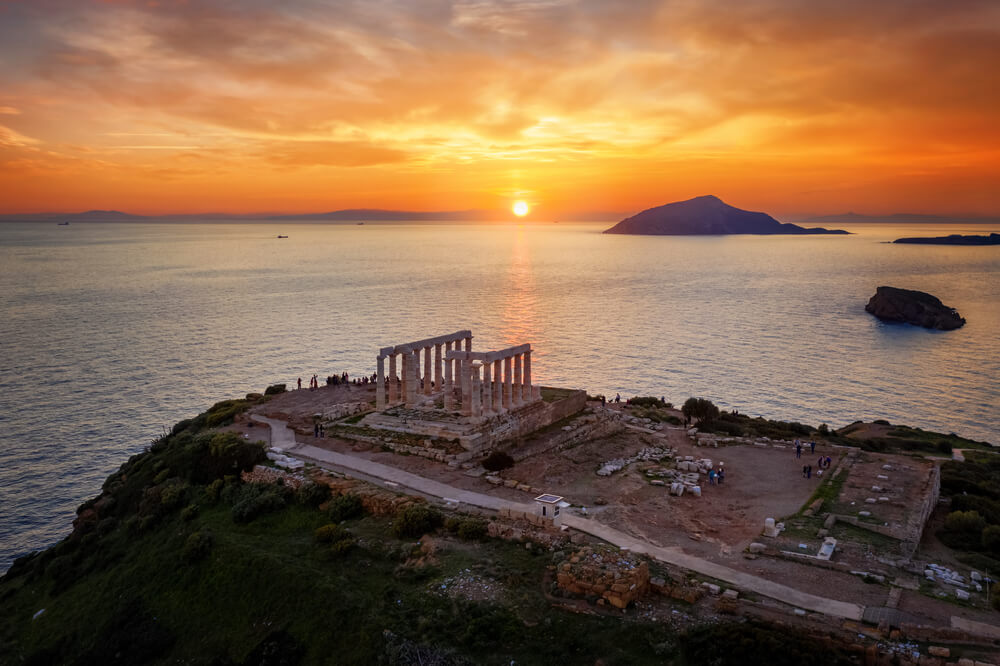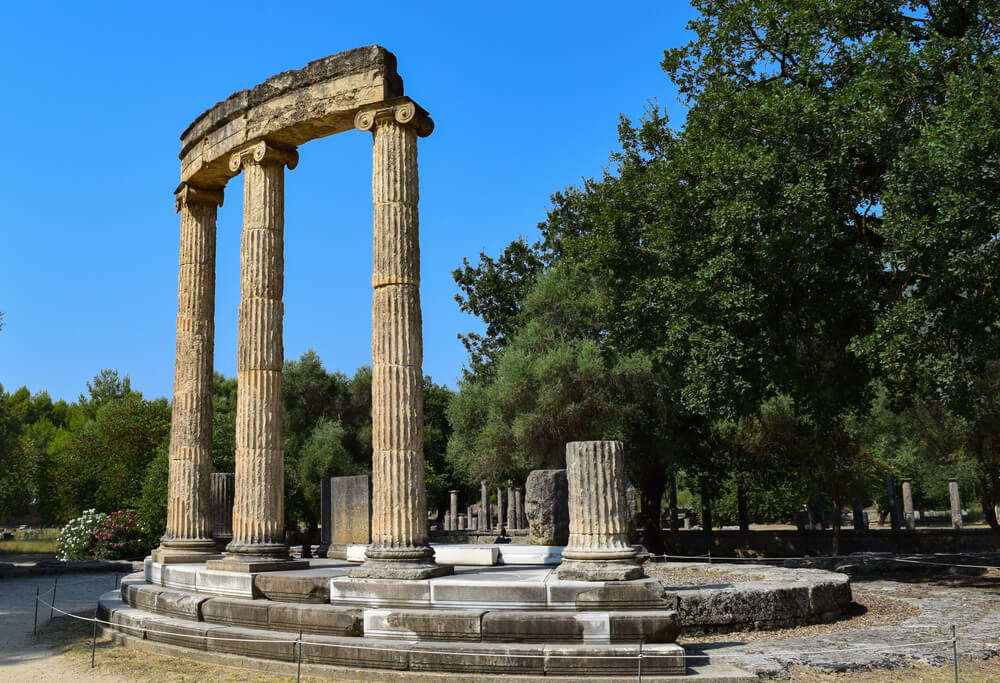Nestled in the Ionian Sea, the island of Corfu stands as a testament to the rich tapestry of cultures that have left their mark on this enchanting Greek paradise. With its lush landscapes, stunning beaches, and a history that weaves through the ages, Corfu offers a unique blend of natural beauty and cultural heritage. This blog post explores the multifaceted charm of Corfu, from its Venetian fortresses and British gardens to its traditional Greek villages and the azure Ionian waters that surround it.

The Cultural Melting Pot
Corfu’s strategic location at the crossroads of maritime routes has made it a coveted prize for many empires throughout history. The Venetians, French, and British have all ruled Corfu at different times, and each has left an indelible imprint on the island’s architecture, cuisine, and traditions. The Old Town of Corfu, a UNESCO World Heritage site, is a living museum where narrow cobblestone streets lead to expansive squares, and Renaissance, Baroque, and Classical styles blend seamlessly.
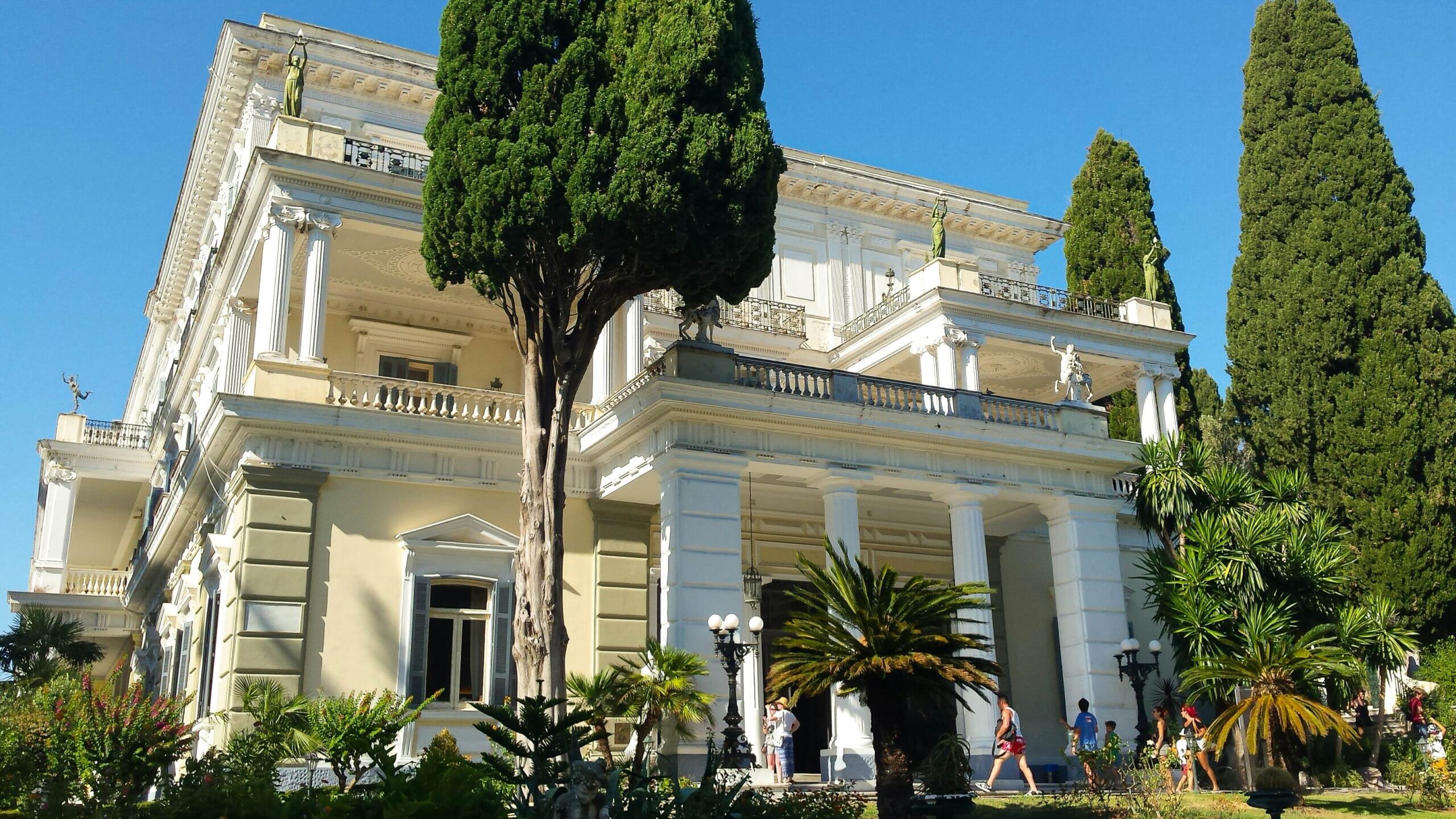
Venetian Influence
The most enduring and visible influence on Corfu is undoubtedly Venetian. The two imposing fortresses that guard the Old Town, the Old Fortress and the New Fortress, offer panoramic views of the city and the sea, serving as reminders of Corfu’s strategic importance. The Venetian legacy also lives on in the island’s cuisine, with pastitsada (a spicy meat pasta dish) and sofrito (a garlic beef dish) being local favorites.
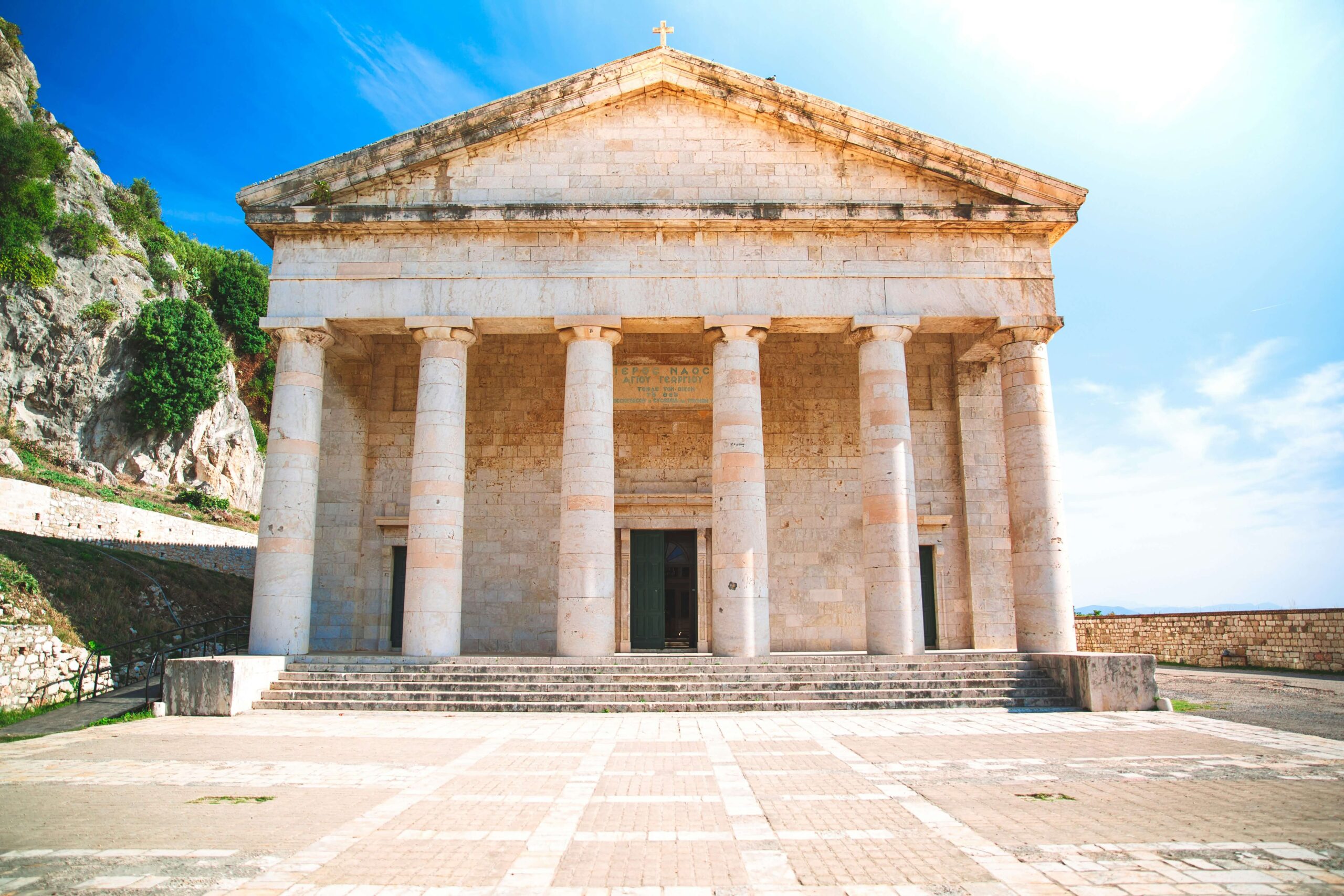
The British Legacy
The British left behind a legacy of splendid gardens and the cricket pitches of the Esplanade, one of the largest squares in Greece. The British also introduced the island to ginger beer, which has become a refreshing local staple. The Palace of St. Michael and St. George, now housing the Museum of Asian Art, stands as a neoclassical testament to British rule.
Greek Traditions
Despite these varied influences, Corfu remains quintessentially Greek, with its vibrant traditions, Orthodox faith, and warm hospitality. Easter in Corfu is celebrated with a fervor unmatched anywhere else in Greece, featuring unique customs such as the “pot throwing” on Holy Saturday.
The Natural Beauty of Corfu
Corfu’s landscapes are as diverse as its history. The island is renowned for its lush interior, a rarity among Greek islands, earning it the nickname “the Emerald Isle.” Olive groves and cypress trees carpet the hills, while the coastline is punctuated by stunning beaches and clear blue waters.

Beaches and Bays
From the bustling beaches of Glyfada and Sidari to the secluded coves of Paleokastritsa and Agios Gordios, Corfu’s coastline caters to every preference. The island’s clear waters are ideal for swimming, snorkeling, and diving, offering a glimpse into the vibrant underwater life of the Ionian Sea.
Exploring the Interior
The interior of Corfu reveals charming mountain villages, ancient monasteries, and scenic hiking trails. A visit to the village of Palea Perithia, a preserved 14th-century settlement nestled in the mountains, offers a step back in time, while a trek to the summit of Mount Pantokrator provides breathtaking views of the entire island and beyond.

Corfu is an island where history and nature intertwine to create a destination of unparalleled beauty and cultural richness. Whether you’re wandering through the alleys of its historic Old Town, basking in the sun on its golden beaches, or exploring its verdant interior, Corfu promises an unforgettable experience that blends the best of Greek hospitality with a mosaic of cultural influences. It’s an island that invites you to return, time and again, to uncover all its secrets and delights.


